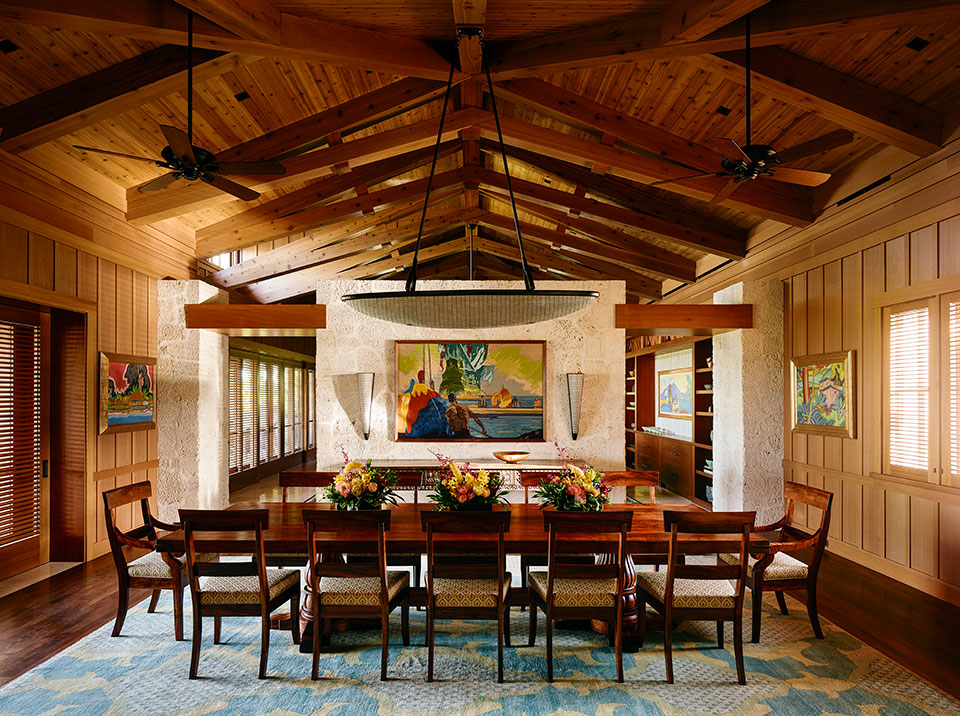Finding Authenticity
by Cassidy Mantor
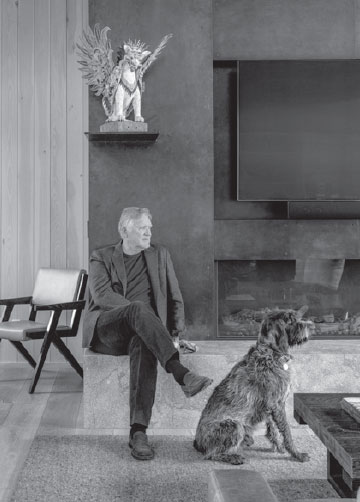
“The value in design can be achieved if it is authentic and is the result of a creative concept and expression.”
–Mark de Reus, AIA, Partner, de Reus Architects
Mark de Reus was attracted to architecture from working construction after high school in the mountain resort town of McCall, Idaho. Fortunate to have worked for a master builder, he received training in concrete, framing, finish work, cabinetry, plaster, and masonry. From this building and craftsmanship interest, a curiosity developed about how and why things are built, and Mark dropped into second semester design studio at the College of Art & Architecture at the University of Idaho. Finding an inspiring mentor in his design professor, he discovered the profession of architecture to be his calling. After obtaining his degree, a 44-year peripatetic career has taken Mark to San Francisco, Indonesia, Hawaii, and back to Idaho. He started his own firm, de Reus Architects, in 2005, and has two studios in Hawaii and one here in Sun Valley, Idaho, where he now lives.
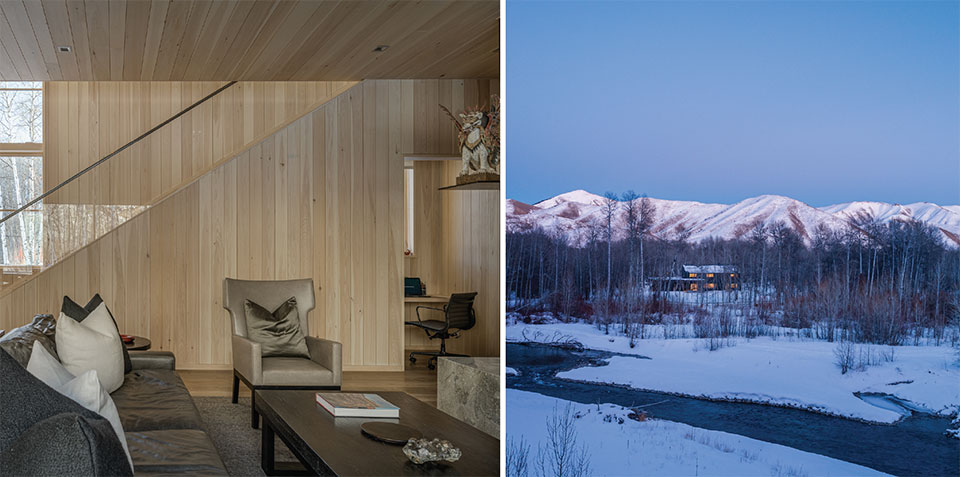
“Having an architectural practice specializing in luxury residential and resort design works well in both locations,” explains Mark. “It was not only strategic for our practice, but my wife and I also knew that once our daughter completed high school on the Big Island of Hawaii, we would move to Sun Valley.” The variety of commissions and properties also offers many design opportunities. He adds, “Having a firm in both the tropics and the mountains, and an international background, gives us a deep set of professional experiences to draw from.”
Through that diverse perspective, certain truths have emerged in the design process for de Reus Architects. Mark points out that hotel and resort guests desire a residential-feeling architectural experience. “Guests want bespoke design with respect to vision, authenticity, scale, atmosphere, and service,” he says.
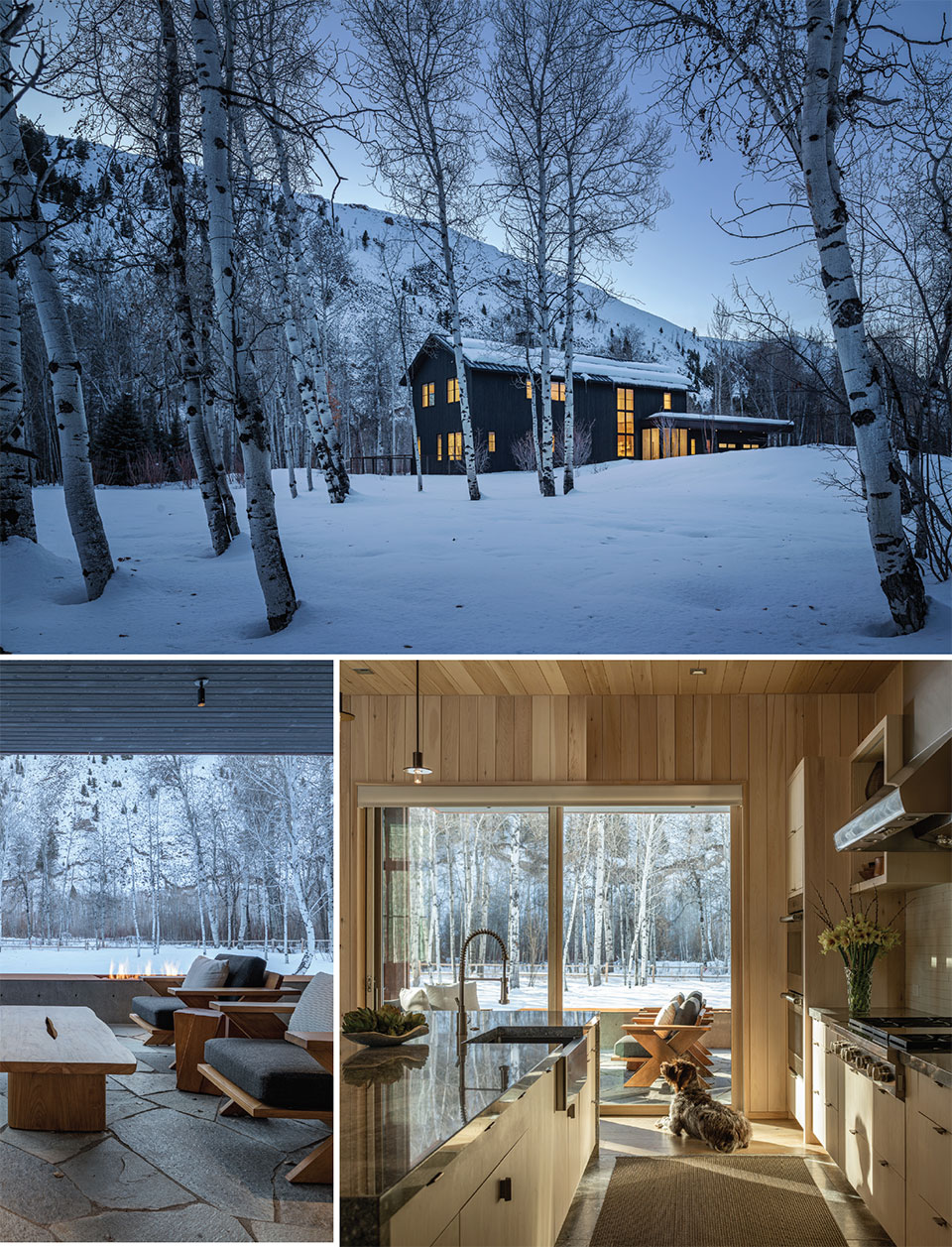
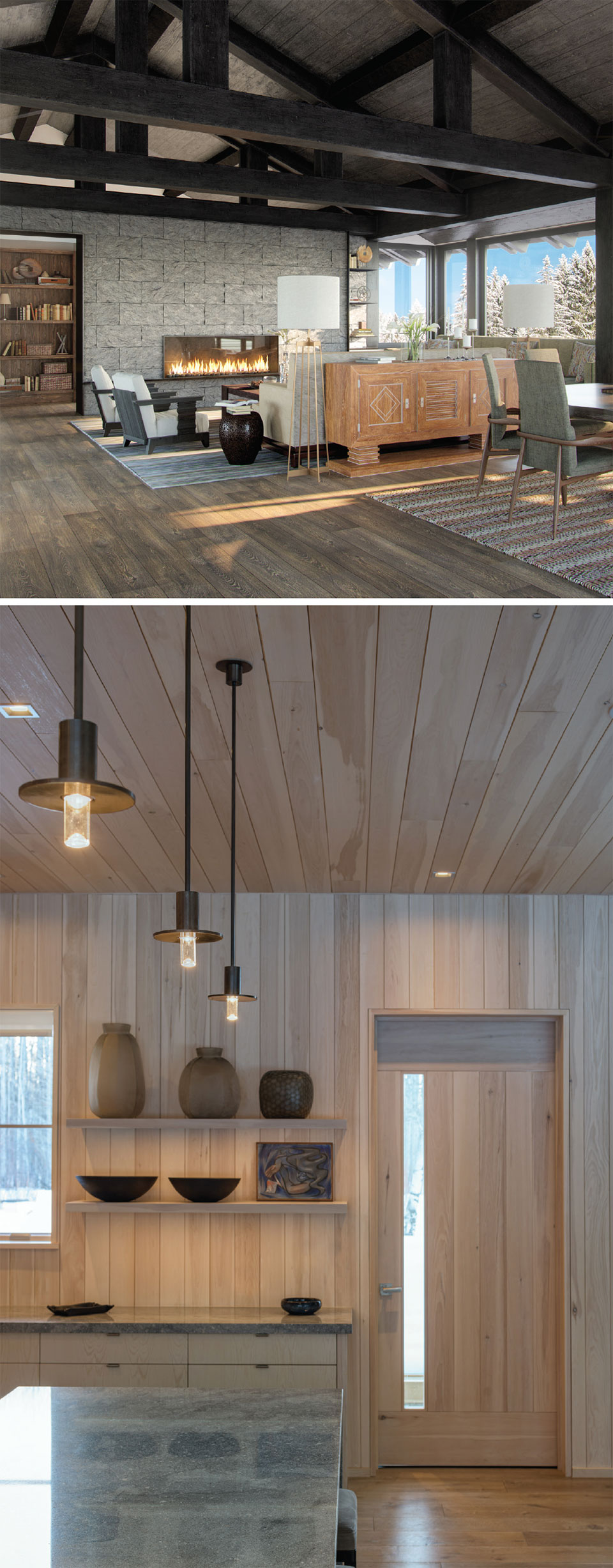
“The superficiality of styles and trends are a challenge to good architecture.”
–Mark de Reus, AIA, Partner, de Reus Architects
While the typical commercial approach runs counter to fostering innovation and authenticity, Mark grapples with the paradox that there is so much banality in the hospitality industry when it’s well recognized that design has value. He has observed that clients have become more astute to the fact that design is a tangible luxury. “In my opinion, the value in design can be achieved if it is authentic and is the result of a creative concept and expression,” says Mark. “It can be minimalism – or on the other side of the spectrum – it can be an eclectic, multi-layered sensory experience. It just has to be a well-crafted and well-curated design experience to have meaning and value.”
Perhaps the best example of how innovation is part of the culture at de Reus Architects is through a closer look at how they bring a bespoke, residential touch to their commercial projects. There are a number of embedded challenges to achieving well-conceived architecture in hospitality. Ideally, the client presents an inspiring design brief that supports a holistic architectural concept, but there are also clients who present routine design briefs that relegate the architect to the exterior building shell.
Typically in hospitality, the architect works under the latter conditions and an interior designer is hired separately to work on the interiors with the furnishings, fixtures, and equipment. It is generally formulaic and for a creative architect like Mark, it feels like design by analogy where past models are tweaked and design teams are not challenged to take a first principles approach to finding innovation. Mark points out that this formulaic attitude is consumed with styles and trends instead of creative authenticity and timelessness and – more detrimentally – in this bifurcated way, the architectural concept is not fully realized.
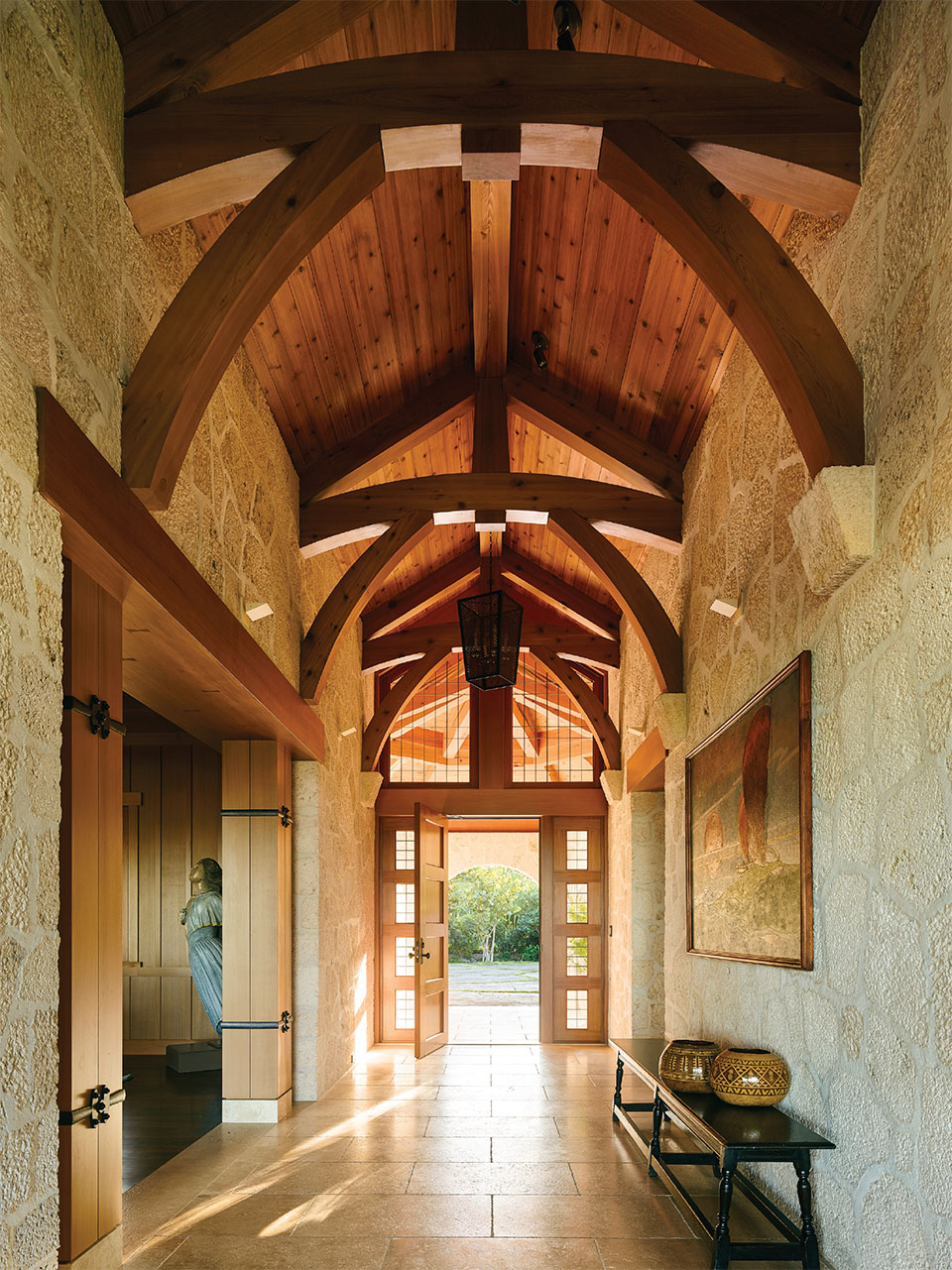
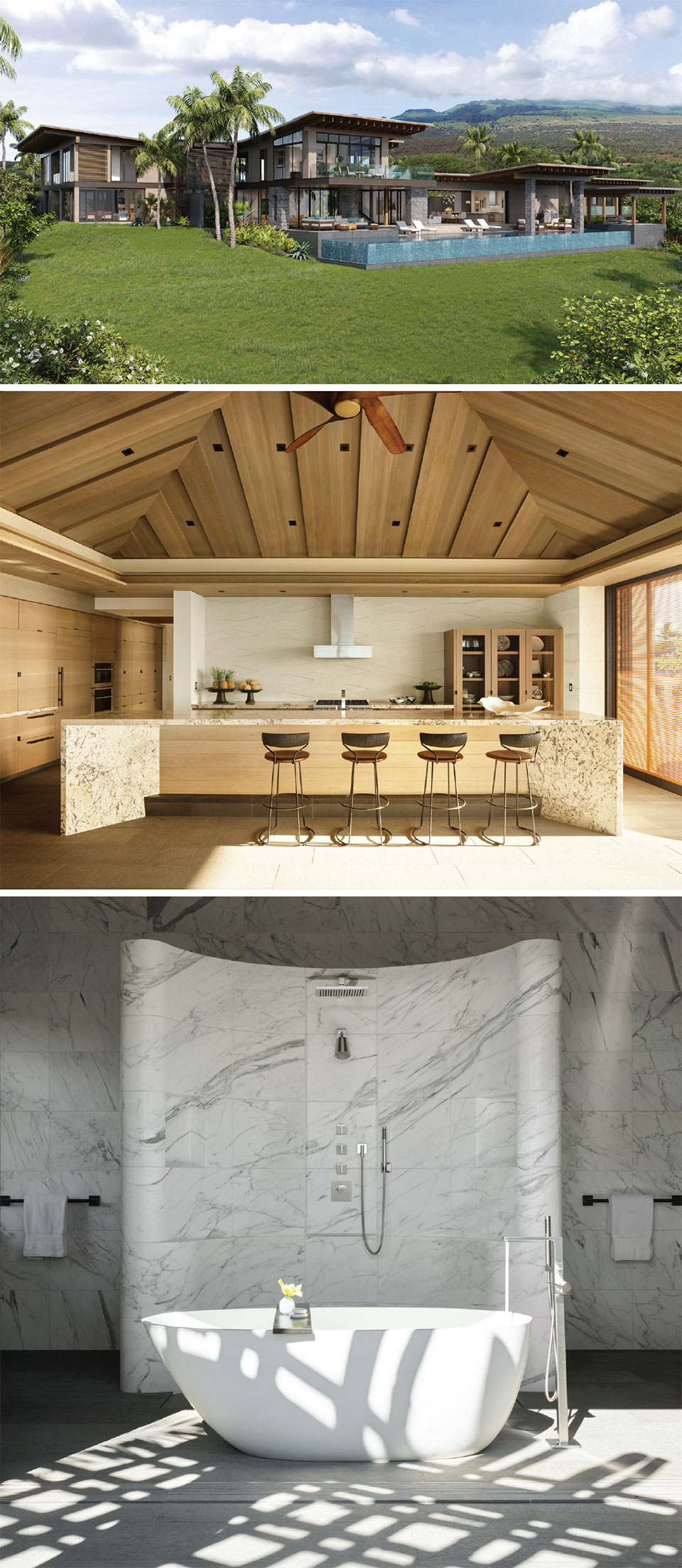
“We are contextualists. Every project is a unique design story with a rigorous pursuit to find an individual spirit.”
–Mark de Reus, AIA, Partner, de Reus Architects
“The superficiality of styles and trends are a challenge to good architecture,” he explains. “The interior designer’s ‘mood board’ is created from isolated images that are meant to convey feelings or materiality, but by their nature, trends are superficial and lack substance. They are anti-ethical to the authenticity we seek in architecture.”
The trouble is not in hiring an interior designer to supplement the architecture, but in the disconnect that frequently occurs when design concepts are lost in translation between the two. Mark considers the example of a recently completed local hotel’s exterior architectural design that is well-conceived and feels like it belongs in its mountain resort village. “The exterior materials are appropriate and well detailed,” he notes. “The interiors, however, do not feel like they belong to a mountain resort, or even to the exterior of the building. They feel like any suburban hotel, which is a complete miss. Authenticity is not achieved, and the guest experience suffers as a result.”
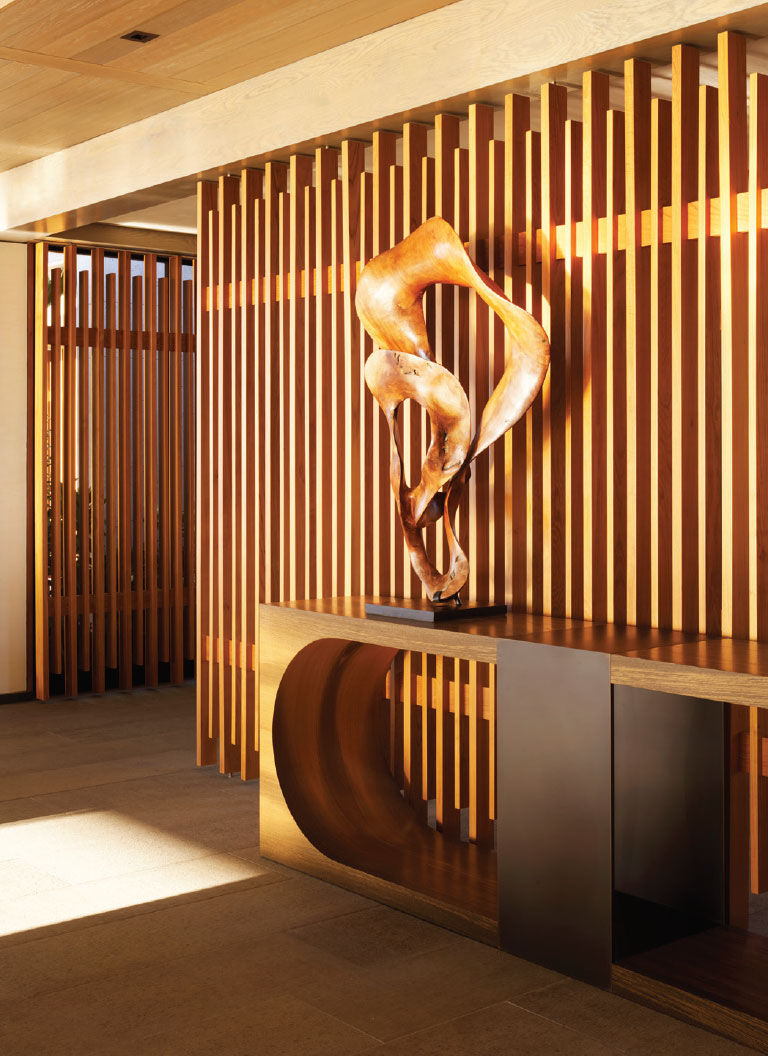
Authenticity goes hand in hand with innovation for de Reus Architects, and the firm has built its practice around a process of pursuing the formation of the individual spirit for each unique project. When an architect and interior designer can collaborate within the same vision, then the combined effort results in a more nuanced and richer creation.
“We are contextualists,” Mark contemplates. “Every project is a unique design story with a rigorous pursuit to find an individual spirit. A spirit that reflects client interests, a sense of belonging to the land and setting, and a design that is elegant and achieves a sense of harmony.”
